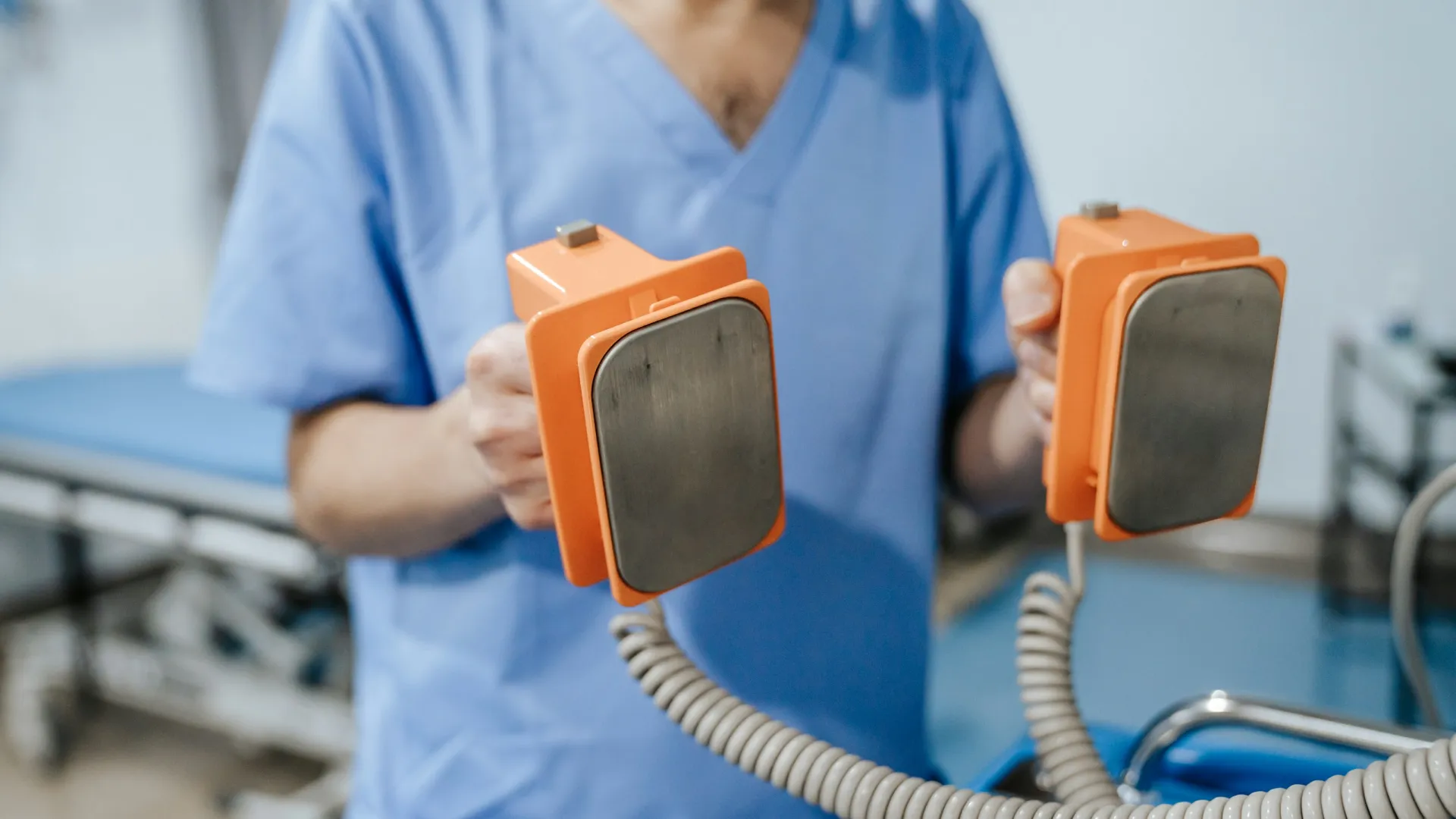
Here's What A Defibrillator Really Does
How an AED Machine Works
Defibrillators play a crucial role in both monitoring and regulating heartbeats. The heart uses electrical impulses to contract the muscles around it, pumping oxygenated blood to other tissues. This process involves the polarization of the heart's pacemaker cells. The depolarization causes the heart to contract, producing the PQRST waveform, which can be read on an electrocardiogram (ECG) machine. The ECG measures the electrical impulses, not the physical contractions of the heart.
Why a Heart Might Need a Defibrillator
There are several reasons a heart might require a defibrillator, with the most common being ventricular fibrillation. This condition causes the normal heart rhythm to change into very short and frequent pulses. These pulses are so short that no actual blood leaves the ventricles, leading to a lack of circulation within the body, which can cause cellular suffocation if not treated immediately.
Ventricular tachycardia, another common form of cardiac distress that can be corrected by a defibrillator, is characterized by an increased heartbeat with a wide QRS wave.
How a Defibrillator Works
A defibrillator works by depolarizing the entire heart system, giving the heart a "fresh start" to repolarize and return to normal electrical activity. If the shock is not strong enough, the heart might not completely repolarize, leading to continued arrhythmia. Defibrillators will then monitor the new heartbeat, advising if another shock is needed or ensuring the patient does not slip back into arrhythmia.
Misconceptions About Defibrillators
A common misconception is that defibrillators can restart a heart in asystole, or "flat-lining." This is incorrect. Once the heart is unable to create its own electrical pulse, a defibrillator will not work.
What is an Automated External Defibrillator (AED)?
An Automated External Defibrillator (AED) is a portable device designed to treat sudden cardiac arrest. It provides easy-to-follow audio and visual instructions, enabling even untrained bystanders to assist effectively. AEDs analyze the heart's rhythm and, if necessary, deliver an electric shock to help restore a normal rhythm.
